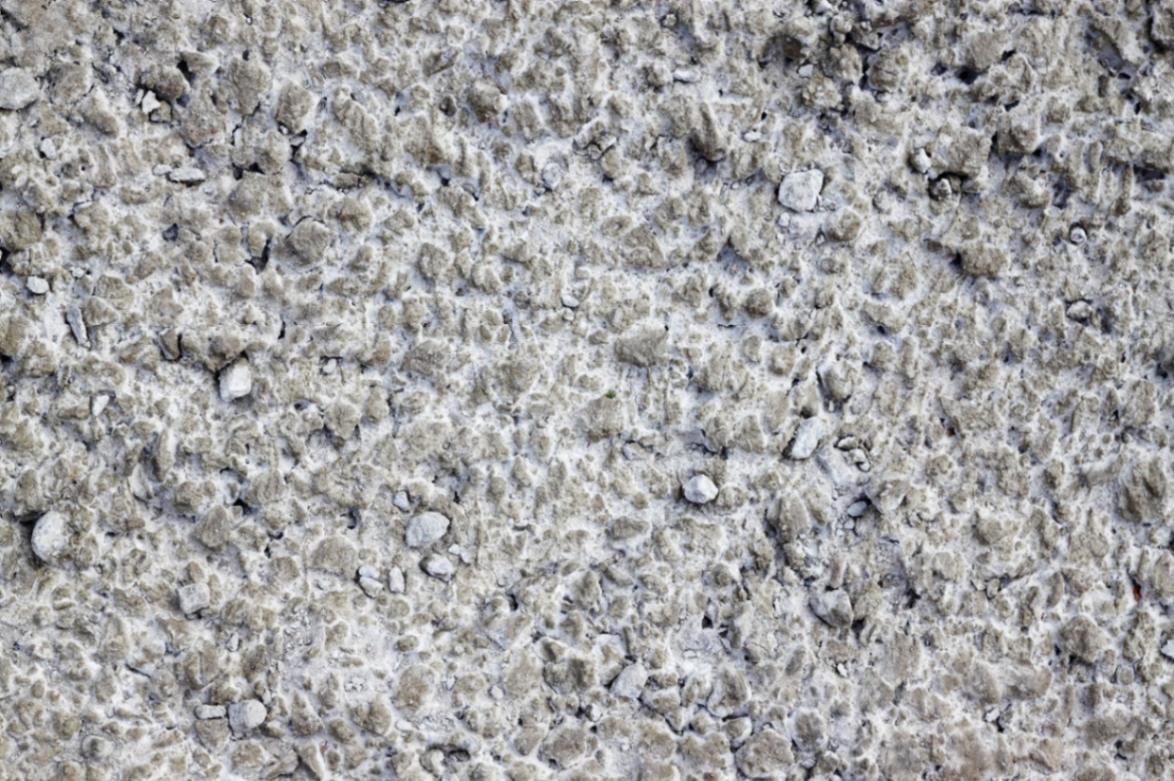When it comes to concrete, understanding curing is vital for ensuring the material’s strength and durability. Without proper curing, you risk compromising the integrity of your structures, leading to potential failures. It’s not just about mixing the right ingredients; it’s about how you manage moisture and temperature during the curing process. The choices you make can greatly impact the longevity of your concrete. Let’s explore the science behind this essential practice.

Key Takeaways
- Proper curing enhances concrete strength and durability through continuous hydration, essential for forming strong chemical bonds.
- Moisture retention during curing prevents weak, brittle concrete by ensuring hydration reactions remain active.
- Curing for at least seven days is recommended to maximize moisture retention and strengthen concrete bonds.
- Environmental factors like temperature, humidity, and wind significantly influence the effectiveness of the curing process.
- Using appropriate curing methods, such as wet coverings or curing compounds, helps maintain moisture levels for optimal results.
The Science Behind Concrete Curing
When you pour concrete, understanding the science behind its curing process is vital for achieving ideal strength and durability.
The hydration process, which begins immediately after mixing water with cement, involves significant chemical reactions. During hydration, the water molecules interact with cement particles, forming compounds that contribute to the concrete’s strength. These reactions produce heat, known as exothermic reactions, which further accelerates the curing process.
You should monitor the temperature to guarantee optimal reaction rates. Over time, the concrete gains compressive strength as these chemical interactions continue. Neglecting the nuances of this process can lead to weak, brittle concrete.
Consequently, grasping the hydration process and its associated chemical reactions is vital for long-lasting concrete structures.
The Importance of Moisture Retention
Moisture retention is crucial for the curing process, as it directly influences the strength and durability of concrete. When adequate moisture is maintained, hydration reactions within the concrete continue, leading to the formation of strong bonds between cement particles.
Insufficient moisture can halt these reactions, resulting in weaker concrete and increased susceptibility to cracking. The curing duration plays a pivotal role here; longer curing periods improve moisture retention, promoting ideal hydration.
You should verify that the concrete remains moist for the recommended duration, typically at least seven days, depending on environmental conditions and mix design.
Common Curing Methods and Techniques
Several effective curing methods can greatly advance the hydration process of concrete.
One common technique is the use of curing materials such as wet burlap or plastic sheeting, which helps retain moisture during the essential curing duration.
Applying curing compounds that form a film on the surface can also minimize evaporation.
You might consider water curing, where you periodically spray or flood the surface to maintain moisture levels.
Each method has its advantages, so selecting the right one depends on your project’s specific conditions.
For ideal results, aim for a curing duration of at least seven days for most applications, as this greatly improves concrete strength and durability.
Consistent monitoring is vital to guarantee effective curing throughout this period.
Factors Affecting the Curing Process
Although various techniques can improve concrete curing, several factors greatly influence the overall effectiveness of the process.
Temperature fluctuations can markedly impact hydration rates, leading to inadequate curing if the concrete cools too quickly or heats excessively. High temperatures can accelerate evaporation, while low temperatures may slow down the chemical reactions necessary for strength development.
Additionally, environmental conditions, such as humidity and wind, play vital roles in curing. Low humidity levels can cause surface moisture to evaporate rapidly, resulting in cracks. Wind can exacerbate this effect, further compromising the curing process.
Understanding these factors allows you to take the necessary precautions, ensuring that your concrete achieves ideal strength and durability over time.
Best Practices for Effective Curing
To guarantee ideal curing of concrete, you’ll want to adopt several best practices that directly improve hydration and strength development.
First, maintain a suitable curing temperature, ideally between 50°F and 90°F, to facilitate chemical reactions. Extreme temperatures can hinder hydration, so be prepared to implement protective measures, like insulation or shading, in adverse conditions.
Next, verify an adequate curing duration—typically at least seven days for most mixes. Longer curing durations can boost strength, particularly in high-performance applications.
Regularly monitor moisture levels, using curing compounds or wet coverings to prevent surface drying.
Finally, avoid premature loading of the concrete; this guarantees the full development of compressive strength, contributing to the longevity and durability of your project.
Frequently Asked Questions
How Long Should Concrete Be Cured for Optimal Results?
For best results, you should cure concrete for at least seven days under ideal conditions. Extended curing duration improves strength and durability, ensuring the material withstands environmental stresses and maintains its integrity over time.
Can Weather Conditions Impact the Curing Process?
Yes, weather effects markedly impact the curing process. Extreme temperatures and humidity can alter hydration rates. You should adjust your curing techniques accordingly, ensuring consistent moisture and temperature to achieve ideal concrete strength and durability.
What Materials Can Be Used for Curing?
You can use several materials for curing, including curing compounds, wet burlap, and plastic sheeting. Each of these curing methods employs different curing techniques to maintain moisture and temperature, ensuring ideal concrete strength and durability.
Is Curing Necessary for All Types of Concrete?
Yes, curing’s necessary for all concrete types. Utilizing effective curing techniques improves strength and durability, ensuring ideal performance. The benefits include reduced cracking, better resistance to weathering, and extended lifespan, making it essential in construction practices.
How Can I Tell if Concrete Is Properly Cured?
You can tell if concrete’s properly cured by checking for even moisture retention, a uniform surface texture, and minimal cracking. Effective curing techniques improve strength and durability, maximizing the benefits of your concrete investment.
Conclusion
To summarize, proper concrete curing is essential for achieving durable and long-lasting structures. By ensuring adequate moisture retention and employing effective curing methods, you can greatly improve the strength and resilience of your concrete. Factors such as temperature, humidity, and wind should be monitored closely to optimize the curing process. By implementing best practices, you’ll not only prevent cracking and deterioration but also extend the lifespan and performance of your concrete in various environmental conditions.
